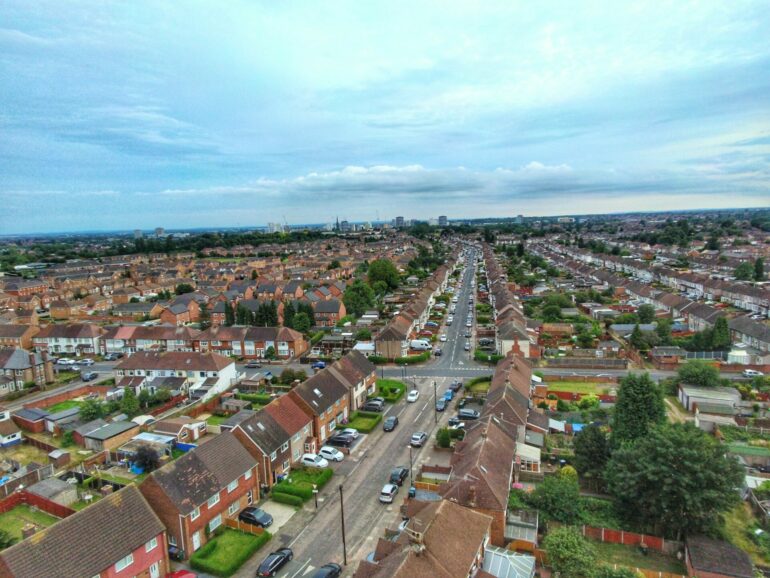The unpredictability of today’s financial markets has impacted all lenders, hitting the service levels of a number in the first-charge market particularly hard.
In certain instances, the time required to complete a remortgage has significantly increased, causing frustration for advisers and their clients.
For those homeowners who urgently need decisions and funds, there are however other options, which might be quicker, such as a second charge mortgage.
It took less than 14 days for a second charge mortgage to move from submission to completion in June, according to the latest Secured Loan Index from Loans Warehouse. At 13.1 days, the average completion time was actually 0.73 days quicker than in May.
There are a number of scenarios which could mean time is of the essence for a second charge mortgage applicant. Urgent medical, legal, or tax bills might call for a quick release of funds. Similarly, business expenses such as acquiring a new work vehicle, settling a tax bill, or carrying out equipment repairs might require funds quickly.
Just like other expenses, home renovation bills will also need to be paid on time, with the need to consolidate debt also requiring some form of urgency to prevent escalating payments and the possibility of financial penalties.
Where a homeowner’s savings may once have covered such expenses, the ongoing cost-of-living crisis has prompted borrowers to withdraw a record amount from their savings. As borrowers deplete their savings, they naturally have fewer reserves for emergency situations. This means that if an urgent need arises, borrowing becomes the next viable solution.
As existing fixed mortgage rates also expire, a wave of borrowers may experience significant increases in their monthly repayments – potentially putting additional strain on their disposable income.
A June report from the Institute for Fiscal Studies highlighted that interest rate hikes could lead to an average 8.3% drop in homeowners’ disposable incomes, compared to March 2022. Those aged 30-39 will see an almost 11% reduction – and that was before the latest round of Bank Base Rate (BBr) increases.
For a substantial subset, the decline will be even greater, affecting almost 1.4 million individuals – including 690,000 under the age of 40 – who could see their disposable incomes fall by over 20%.
Overall, a staggering 60% of those with a mortgage (equivalent to 8.5 million individuals or 19% of adults) are poised to allocate over a fifth of their earnings to mortgage payments.
This marks a significant uptick from March 2022, when only 36% of mortgage holders were in this position (5.1 million; 12% of adults). This figure is also higher than the levels recorded in 2007-08, when just over half of mortgage holders were allocating over a fifth of their income to mortgage payments.
Given the increased cost of living and elevated mortgage rates, borrowers with diminished disposable income are likely to seek guidance from their advisers. We had the benefit of existing within a low-interest-rate environment for around 14 years, but now an abrupt reduction in disposable income for certain borrowers will require a period of adjustment.
While it is the adviser’s responsibility to advise the client on solutions, part of this also involves managing expectations around the speed of fund release. In certain cases, this needs to be balanced against other factors, such as the offered interest rate.
The current service delays we are witnessing in the first-charge market make it increasingly uncertain when a borrower might receive their funds through a remortgage. With potentially limited disposable income and ongoing unexpected life events, a second-charge could serve as a valuable solution.
Susan Baldwin is interim head of lending at Evolution Money



